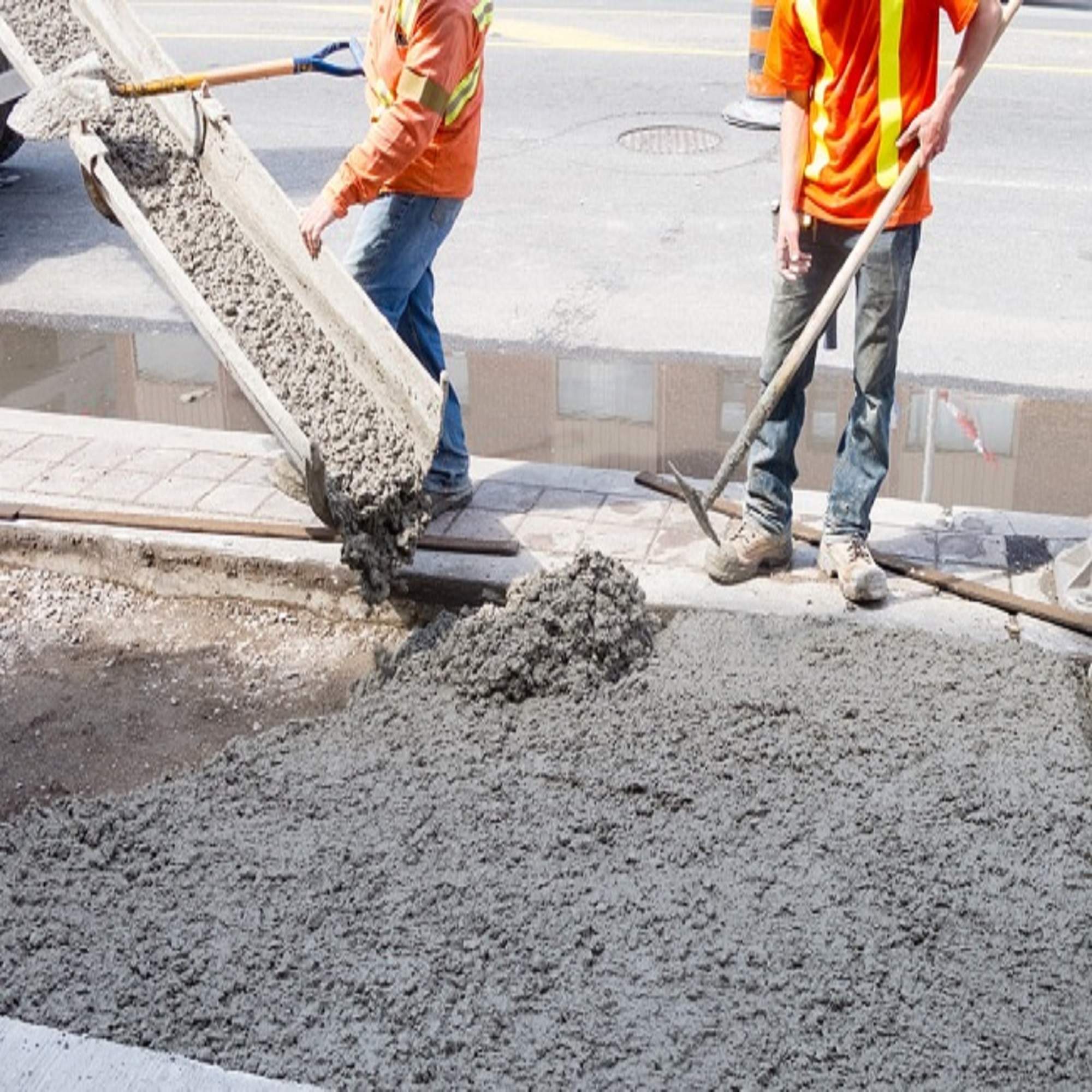
When you’re getting ready to make your concrete purchase, you need to know how to find the correct concrete mix for your project. But with so many options out there, it can be difficult to know where to start. That’s why we’ve put together this guide on Concrete 101, which will help you understand the different types of concrete mixes and their applications so that you can find the right type of Concrete Adelaide mix for your project every time.
What are Aggregate, Cement, and Water?
Aggregate, cement, and water make up concrete. Aggregate is sand or gravel that makes up between 10-80% of your mix, depending on what you’re building. The remainder of your mix is cement (sand and limestone) and water. The amount of each ingredient determines how strong and durable your concrete will be. Too much or too little of one will cause it to crack or break down quicker than expected. So, if you have a project in mind, like a sidewalk, ask around at local hardware stores or get in touch with a contractor to find out what kind of concrete they use. It may seem like an insignificant detail but it can save you time and money in the long run!
What is Hydration?
The Hydration of concrete refers to how much water has been added, and will be one of your two primary factors in choosing a mix. You may have heard of normal (formerly called Type I) or high-early-strength (formerly called Type II). Both are considered normal-hydration mixes and typically take around 28 days to completely cure. However, with high-early strength, you can install it after 14 days. It’s important to note that if you want to use this kind of mix, then you need an engineer who can design a structure that can handle more weight early on. Normal hydration also has its benefits because it will give you better workability and excellent flexibility at later ages.

What is Air Entrainment?
Air entrainment is a chemical additive that helps control when, where and how your concrete hardens. When you mix air entrainment with water and sand, it causes a chemical reaction that creates millions of tiny air bubbles in your mixture. The addition of these air bubbles can dramatically increase strength by providing tensile support as well as inhibit settlement (that sinking feeling) in projects like slabs, footings and curbs. It’s these properties that make it an essential part of modern Concrete Adelaide technology.
What Are Some Common Mistakes When Choosing a Concrete Mix?
It’s easy to pick a concrete mix when you have experience. However, if you’re a beginner at concrete projects, these tips can help guide your selection process. First, don't forget about slump (the amount of water needed to form a slurry). The range is 0-8 inches. You want it in the 4-6 inch range if possible. Next, what type of aggregate is best? Fine aggregates are easier to work with and produce less dust than coarse aggregates.
Conclusion
There are tons of different types of Concrete Adelaide and it can be tricky to know which one is best for your project. Keep these tips in mind as you search for your perfect match. If you're unsure about any part of this process, please comment below and we will revert as soon as possible.
Source: Concrete 101: How to Find the Correct Concrete Mix for Your Project?
Comments
Post a Comment